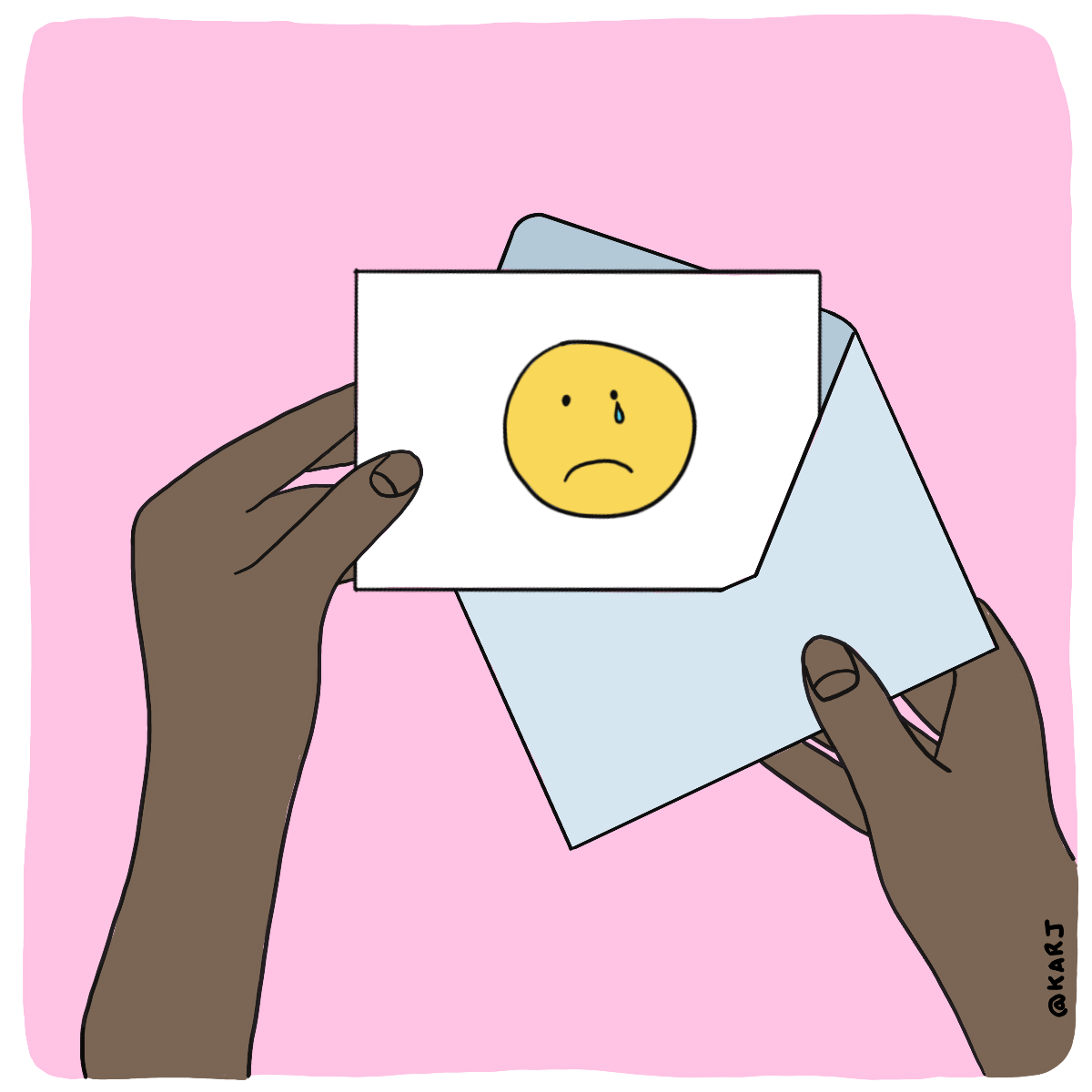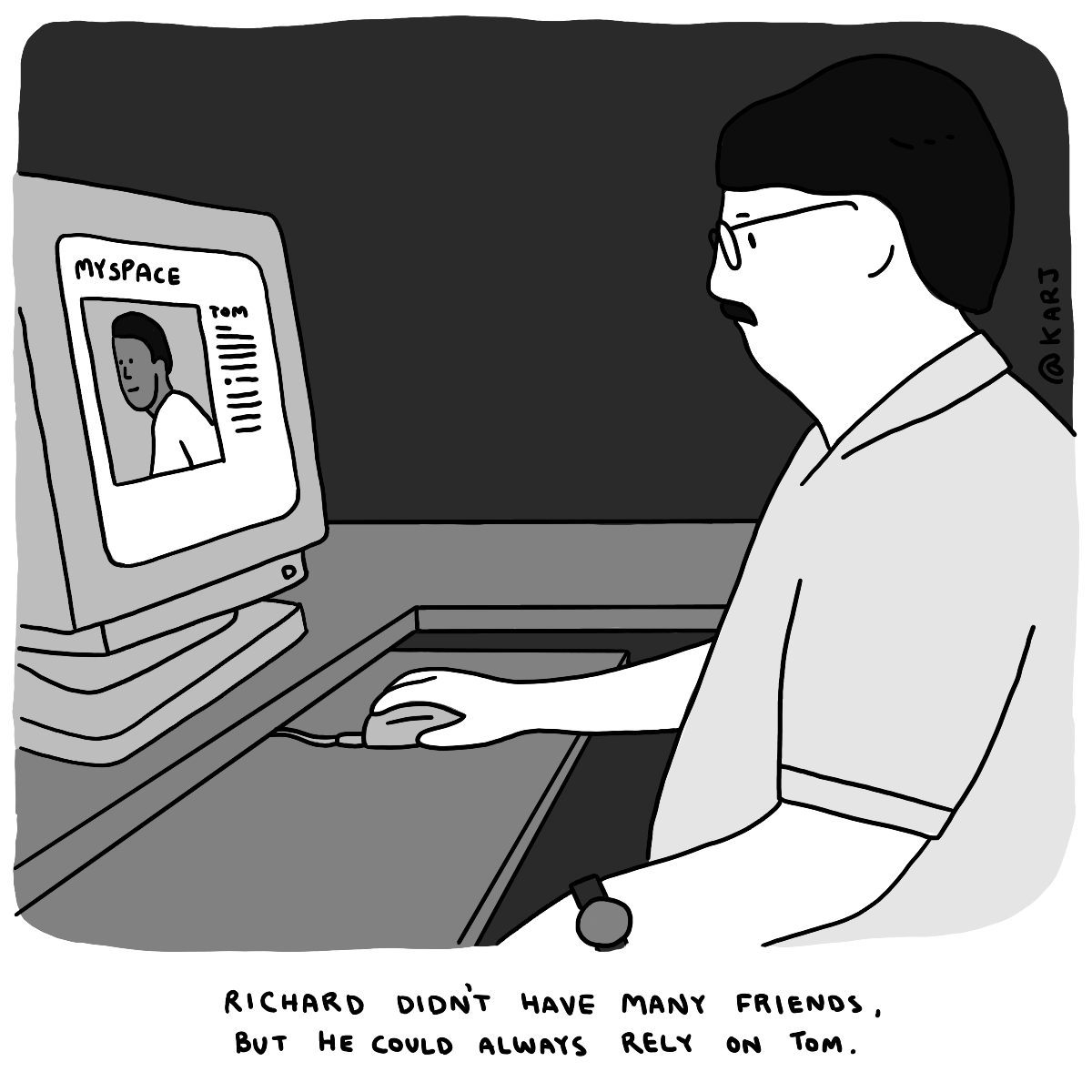The One That Got Away
TL;DR: We built an early web-based SaaS that was profitable from day one. We then screwed up this opportunity because our vision was limited to what we could see.

These days, software as a service (SaaS) is everywhere. But, back in 2002, few knew the term. In fact, when Shelkie told me about SaaS, I was bewildered. “You mean I pay, but don’t own the software? And there’s no box? WTF?”
Around the same time, Shelkie and I started a profitable SaaS. Clients paid us $80 – $500 a month to use it, and we had zero churn. Even better? Other design companies kept calling, asking us to license the product.
With all of this going in our favor, we still failed to grow the product as we could have. (So dumb… So dumb… So dumb…) Let me tell you why.
So close, but so far away…
We had little business experience when we started smashLAB in 2000. Along the way, we figured some things out for ourselves. We modeled the rest after other companies. This resulted in us building a company for then—instead of for the future.
The year 2000 doesn’t seem that long ago until you think back: Most people used dial-up to access the web. 800×600 was the screen resolution. There were 216 “web-safe” colors. We printed website pages out for client review (seriously). Folks built their personal websites with Geocities. And, the iPhone was still 7 years out.
Few “telecommuted” (this is what old people called remote work). Instead, they worked at beige buildings. These contained ugly desks that supported heavy monitors, scanners, printers, and landline phones.
Tired of this walk down memory lane? I don’t blame you—but context helps frame our mindset.
“There has to be a better way!”
In 2002, we landed a contract to scan and archive some archival photos—and put them on the web. (To my surprise, this associated website is still online.) For that job, Shelkie cobbled together a rudimentary content management system (CMS).
After, he built a standalone product that our other clients could use. The result was notably ahead of its time. Other CMSs required the user to navigate complex and unintuitive workspaces. Shelkie leveraged a new capability (only available in IE6). It allowed users to edit their website content inline.

This was like magic! At the time, websites were essentially fixed. Even changing something as simple as a phone number required a call to the webmaster (wicked title, no?). That’s why Shelkie’s CMS was so neat! Imagine someone opening a hardbound copy of Great Expectations—and then editing the page in front of you, with just their finger.
With our system, you loaded your live webpage, clicked Edit, and changed your site right there (AKA, true WYSIWYG). This sounds like the obvious solution by today’s standards—but almost no one was doing it. We had seen the future. Someday everyone would edit their website this easily.
Folks smiled when we demoed his product. They’d never seen a web app, nor had they witnessed a browser work in such a way. We didn’t consider this response a big deal. (Today, I’d kill for that sort of reception.)
We did hardly any support for that product. In its many years of use it received few updates and little of our attention. Yet, it paid out thousands of dollars every month. These weren’t huge dollars—but it was nice money to have. I now realized that if we had pushed it, we would have earned far more.
Sheep do as sheep do
At the time, we wanted to build a “real” business. That meant an office with workstations, desks, and phone systems. We planned to open a location in the big city (Vancouver) and later New York. This necessitated hiring talented people who would design things, code them, and have lunch with clients.
Hourly billing seemed like our best—and most responsible—path forward. Our product’s monthly fees seemed almost trivial by comparison. (“Who makes any money charging $80 a month?”) As a new company, with few SaaS models to follow, we simply didn’t understand the promise of recurring monthly fees.
Plus, the dot-com bubble had burst. (Remember how the documentary Startup.com looked back at tech’s bygone madness?) It seemed like only fools were still trying to build web companies. So, we looked at what successful design studios did, and followed them instead. We continued to submit proposals and pitch for design projects.
Another reason we failed to act on that SaaS? We considered ourselves outgunned. Microsoft made a competing solution. We figured there was no way for a tiny product like ours to compete with theirs. (For the record, a site license for their product started at $100k. Our price point alone offered us an advantage.)

Beyond the next hill
We had a good product. We had a competitive advantage. We had paying customers. We had prospects calling us asking for a demo. In spite of all of that, we allowed our product to languish—because we didn’t trust in our vision.
We didn’t realize how much business would change. We let our fear of larger competitors paralyze us. We followed others instead of letting the market direct our actions. We failed to see that our smallness was an advantage. In the end, we missed the boat (that we built for ourselves).
Odds are that we’re missing a similar opportunity, right now. So, we try to see things more for what they are, than what they appear to be. We pay more attention to what people want. (I don’t mean what they say they want. I mean what they are willing to provide a credit card number for).
Business-folk love talking about vision. To me, vision isn’t some other-worldly insight or lightning strike to the head. Nor is it what your boss carries on about while everyone else in the room tries to stay awake. It’s the ability to see what should be obvious—but remains invisible to those who can’t imagine things another way.
—
P.S., Today, businesses communicate with their audiences through social media—and neglect their own websites. This is nuts—and we think it’s bound to change (even though few others share this opinion). That’s why we’re working on a new tool for communicating with your audience more directly. We call this product Emetti.
I’m @karj and the above is just my opinion. Looking for more? Here’s a full list of articles and information on my books. This is what I’m doing now, and what I don’t do. I’d love it if you tried Emetti on your website!